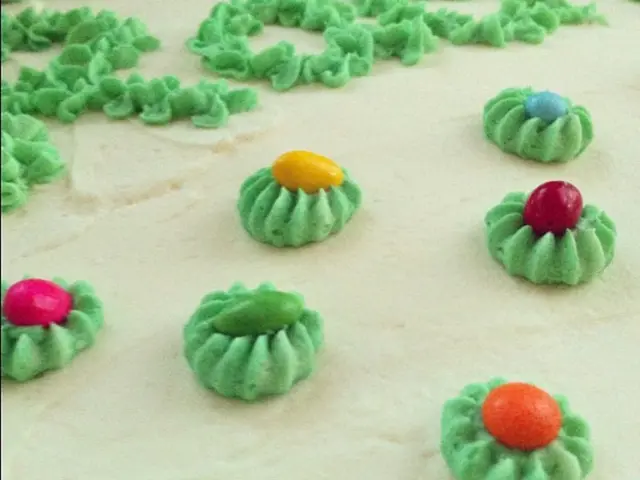Uncovered in a Danish cellar, a 130-year-old butter additive harbors bacteria dating back to the 1890s.
In a fascinating discovery, researchers have unearthed two century-old bottles near Frederiksberg, Denmark, containing a mysterious white powder. The study, published in the International Dairy Journal, has provided a captivating window into Denmark's dairy-making past.
Dr. Christian Bendixen, the researcher behind the 2021 project, made the discovery. The bottles, which had been collecting dust for over a century, were found in a basement in Frederiksberg. The white powder within them was identified as bacteria from the 1890s, used for butter production.
The bottles contained cultures of lactic acid bacteria, specifically Lactococcus cremoris. This bacterium is still used by Danish dairies today, playing a crucial role in standardizing dairy production in the 19th century. The starter culture made the taste of dairy products reproducible, regardless of its origin.
However, the bacteria found in the bottles were not limited to lactic acid bacteria. The researchers also discovered traces of Cutibacterium acnes, Staphylococcus aureus, and Vibrio furnissii. These bacteria pose potential production challenges in the 19th-century dairy industry.
During the 19th century, Denmark began shipping dairy products to England, and milk was first pasteurized before adding bacteria called starter cultures. This practice was crucial for standardizing dairy production and ensuring consistent quality.
The discovery offers a unique insight into Denmark's dairy history. While the oldest known loaf of bread is thought to be around 8,600 years old, the oldest known cheese is over 3,000 years old and was found smeared over mummies. Compared to these ancient foodstuffs, the 1890s bacteria-laden bottles offer a more recent, yet still captivating, glimpse into Denmark's dairy past.
In conclusion, the discovery of these century-old bottles has shed light on the hygiene conditions in dairy production during the 19th century, which differed from today's standards. The study reveals the crucial role of starter cultures in standardizing dairy production and provides a fascinating window into Denmark's dairy history.





